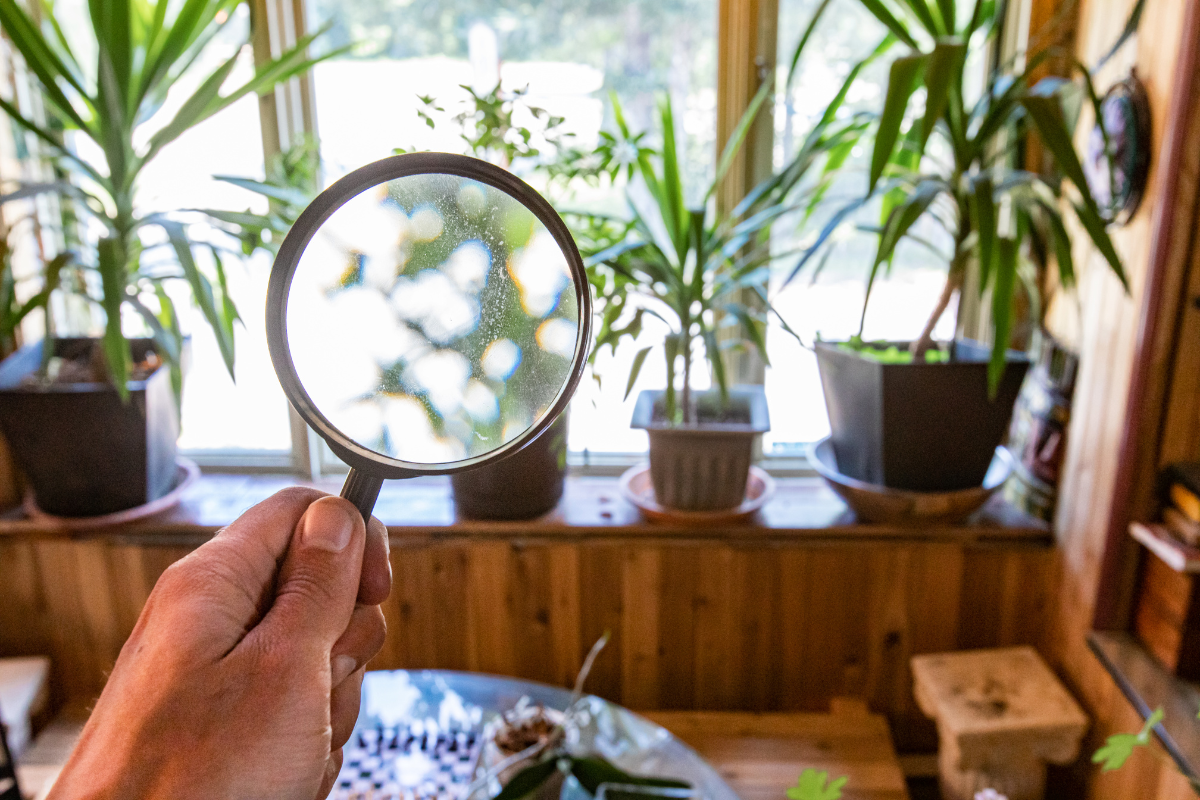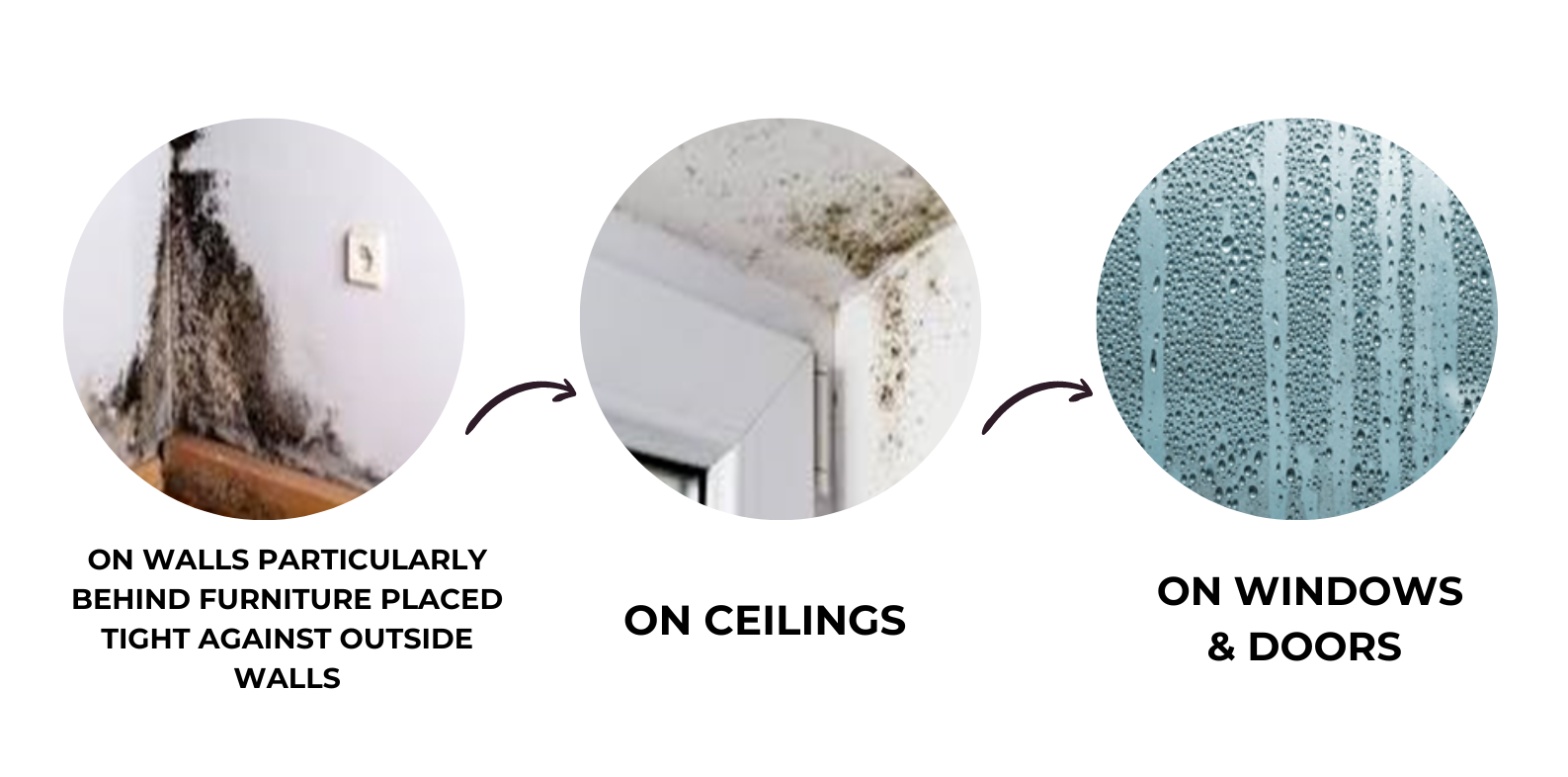
Understanding and Combatting Black Mould
At ACH, we recognise the importance of providing safe and comfortable living environments for our tenants. One common issue that can affect the quality of the house is the presence of black mould. In this blog post, we'll explore what causes black mould, why it's important to tackle it, where it occurs and provide some practical tips to help you prevent and manage its occurrence in the house.
What causes black mould?
Black mould generally appears in areas with excess moisture and poor ventilation. This can occur for various reasons, such as:
*Leaking pipes or roofs: Even minor leaks can lead to moisture accumulation, creating an ideal breeding ground for mould.
*Condensation: This happens when warm, moist air comes into contact with cold surfaces, such as windows or walls, and condenses into water droplets, especially in winter.
*Poor ventilation: If the house is not adequately ventilated, moist air becomes trapped inside, increasing the likelihood of mould growth.
*High humidity: Cooking, bathing, and drying clothes indoors increases the humidity levels in the room. Particular attention should be given to the ventilation of the kitchen and bathroom where these activities occur.
Where does it occur?

New legislation | Awaab’s Law
In 2023, the government brought in new legislation, The Social Housing (Regulation) Act 2023, called Awaab’s Law, named after the two-year-old boy who needlessly died from living in a home badly affected by black mould.
The new legislation requires landlords to address damp and black mould problems within a specified timescale. Inspection must be completed within 14 days, and work must commence within 7 days after that.
This means support teams must be highly efficient in managing and recording damp and black mould complaints systems to ensure compliance with the legislation. For this reason, these problems should be reported as soon as they are noticed.
Tips to reduce and prevent black mould
Now that we have shared the causes of mould, let's check some practical steps you can take to prevent and manage these problems in your home:
*Keep your house well-ventilated: Ventilate the room regularly, opening windows and curtains allows moisture to escape. Dehumidifiers would be helpful.
*Fix leaks promptly: If you notice any leaks or water damage, report them as soon as possible.
*Clean and dry surfaces regularly: Wipe away condensation and any black mould every day to prevent build-up.
*Avoid drying clothes indoors: Whenever possible, hang wet laundry outside to dry or use a tumble dryer with proper ventilation to prevent excess moisture build-up indoors.
By following these simple tips, you can help create a healthier and more comfortable living environment. Please remember tackling mould requires a proactive approach from both residents and landlords & housing teams.
If you have any concerns or questions about mould in your accommodation, don't hesitate to reach out to us for assistance. Please visit this page for contact information of our offices.
If you want to report a repair, please visit this page.
*For further information, please check the Government’s guidelines.


